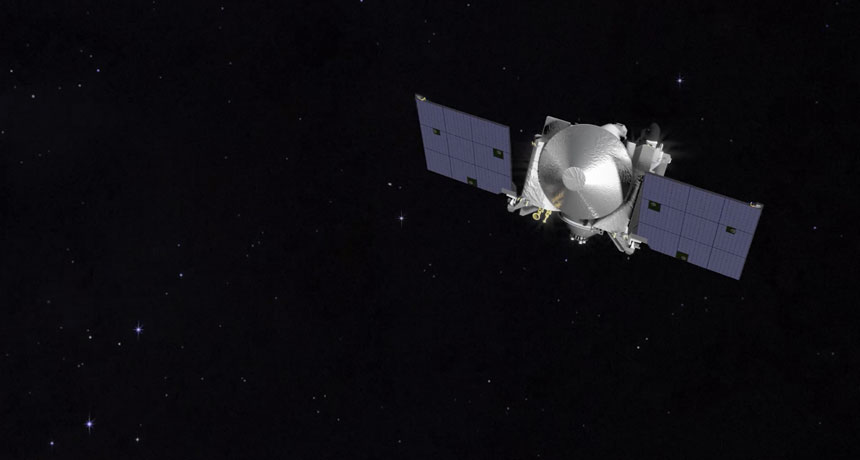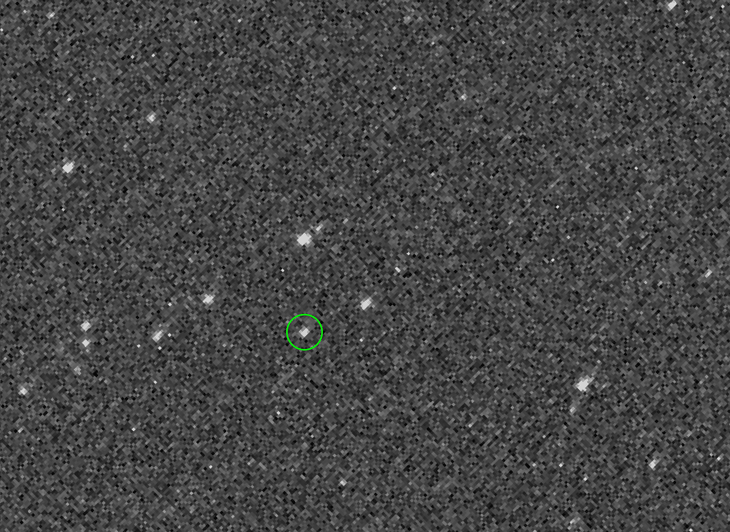OSIRIS-REx snaps first images of asteroid Bennu
The NASA probe will pick up a sample from the asteroid and return it to Earth

ON ITS WAY The NASA spacecraft OSIRIS-REx (illustrated above) is on its way to asteroid Bennu, and should arrive there in December.
NASA’s Goddard Space Flight Center








